Clean your pruners and get out your gardening gloves. Spring is here, bringing longer days, fresh blooms and annual garden chores. In the Pacific Northwest and Southwest, it’s time to prune trees. Early bulbs and wildflowers are peeking their heads above the soil around the Northeast and Great Lakes regions. Start your herbs and vegetables in Texas, and don’t forget about companion plants. While you’re at it, try something new in the garden — native or exotic — and remember your local wildlife. Here’s what to do in March in the U.S., region by region.
Find your March garden checklist:California | Central Plains | Great Lakes | Mid-Atlantic | Northeast
Pacific Northwest | Rocky Mountains | Southeast | Southwest | Texas
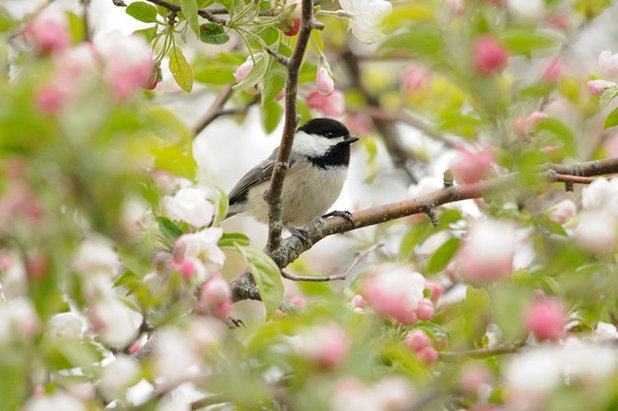
Putney Design
Northwest. "I'm not sure if I love the
apple blossoms or the actual apples more," says landscape designer Karen Chapman, "but I do know that without proper pruning, the trees will not be as vigorous nor produce as much fruit as they could. This is the last month to prune fruit trees, so sharpen those pruners."
Get her Pacific Northwest March checklist
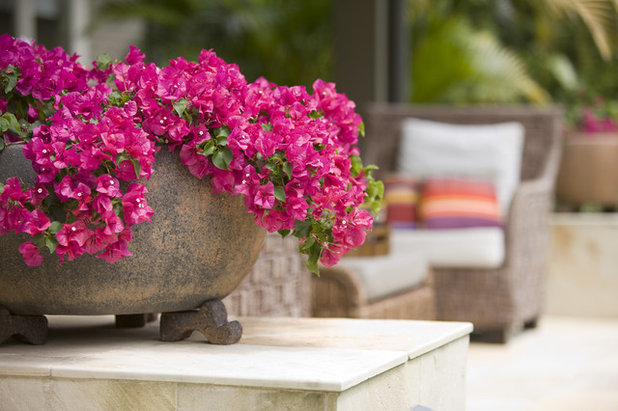
Secret Gardens
California. Plant
bougainvillea in a pot now and you can have a showy display by midsummer," writes California garden editor Bill Marken. "It's best to choose one of the compact varieties, such as 'Singapore Pink', 'Temple Fire' or 'Purple Queen'. When planting, take special care not to break up the root ball — plants are sensitive about this."
Get his California March checklist
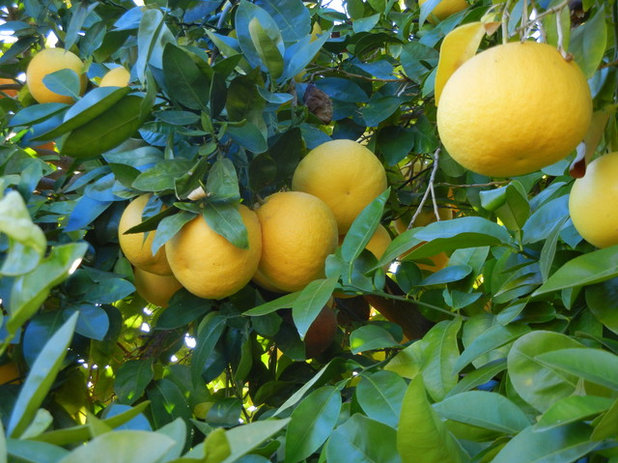
Noelle Johnson Landscape Consulting
Southwest. "Do you love
citrus?" asks Arizona horticulturist Noelle Johnson. "March is the best time of year to add a new citrus tree to the garden. Any pruning that your citrus needs should also be done this month."
Get her Southwest March checklist
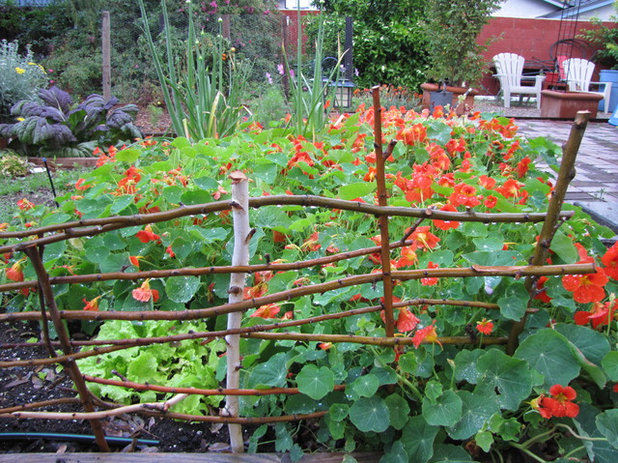
Jean Marsh Design
Rocky Mountains. "While planning your vegetable garden, try to incorporate companion plants for improved plant health," suggests Colorado landscape designer Jocelyn H. Chilvers. "Good partners for tomato plants include members of the onion family, carrots,
parsley, cucumbers,
nasturtiums and
marigolds."
Get her Rocky Mountains March checklist
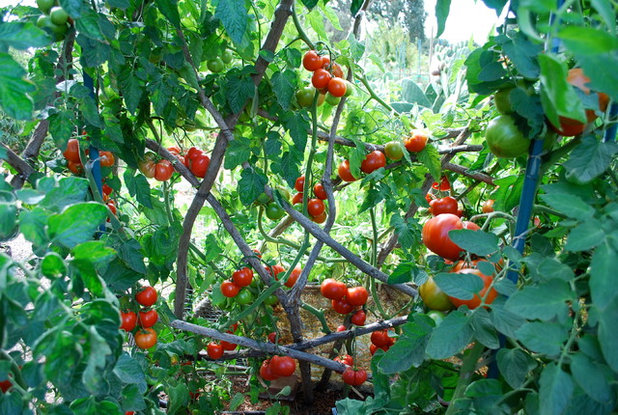
Steve Masley Consulting and Design
Texas. "Get your veggies and herbs in the ground for months of harvest," says landscape designer Jenny Peterson. "Chard, collards, cucumbers, eggplant,
pumpkins, summer squash, tomatoes, tomatillos and
endive will transplant well this month — look for healthy (free of pests and diseases) 4-inch pots at your local nursery. Herbs like
artemesia, chives, lemongrass, mint, oregano, rosemary, sage, sorrel, thyme and santolina can also be planted. Remember that mint tends to aggressively take over a garden, so consider planting it while it's still in its plastic nursery pot to keep its roots from spreading too much."
Get her Texas March checklist
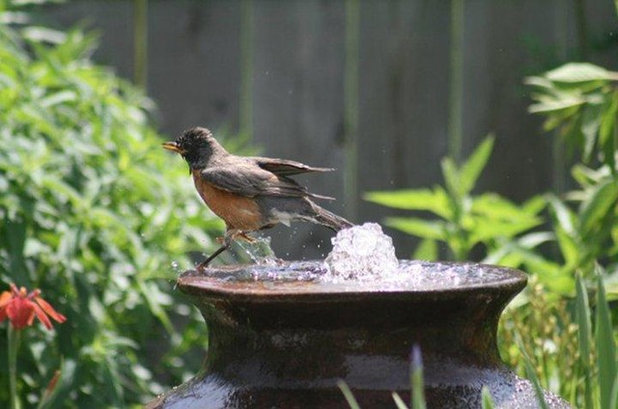
Benjamin Vogt / Monarch Gardens
Central Plains. "While you're thinking about plugging holes in the garden vista with ornamental
native grasses, think about adding some architectural features that are also beneficial to wildlife," writes Nebraska garden consultant Benjamin Vogt.
Get his Central Plains March checklist
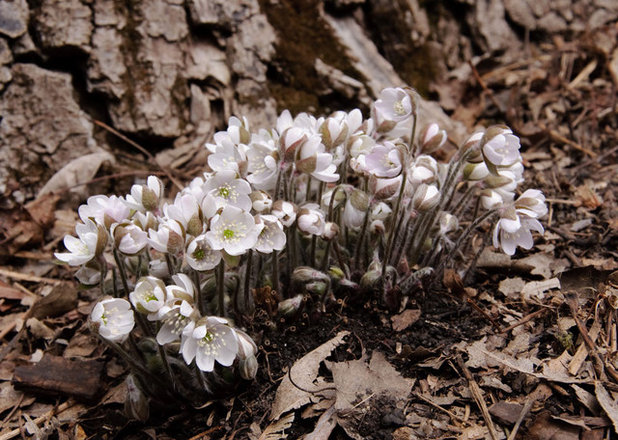
Barbara Pintozzi
Great Lakes. "Usually by the end of March, the first of the native wildflowers, sharp-leaved
hepatica (
Hepatica nobilis var.
acuta), begins blooming," writes garden coach Barbara Pintozzi. "It is slightly earlier than round-leaved hepatica (
Hepatica nobilis var.
obtusa). Both are semievergreen and might benefit from a bit of dead-leafing before blooming."
Get her Great Lakes March checklist
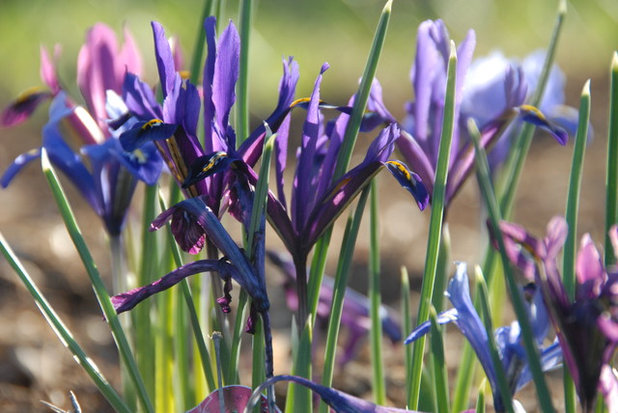
Susan Teare, Professional Photographer
Northeast. "Look for early bulbs," writes landscape designer Charlotte Albers. "They can be hard to see if they're scattered over a big area, but they make a big impact after months of color deprivation. Shown here is reticulated iris
(Iris reticulata), one of the very earliest ephemeral bulbs to appear through the leaf duff and debris of late winter."
Get her Northeast March checklist
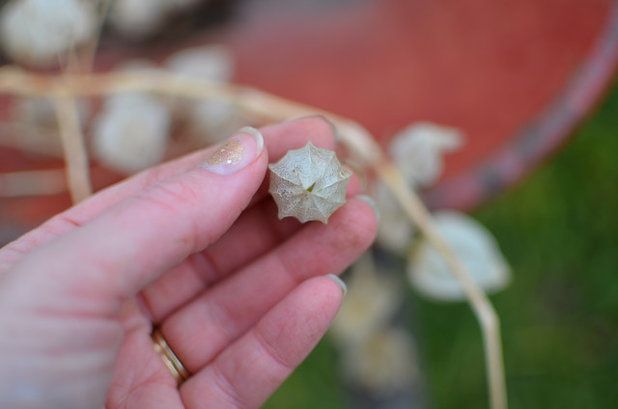
Amy Renea
Mid-Atlantic. "While hunting for new growth, don't forget to look for seeds," advises Amy Renea. "Many plants still have seedpods hanging on for dear life, and you can often harvest seeds to plant immediately."
Get her Mid-Atlantic March checklist
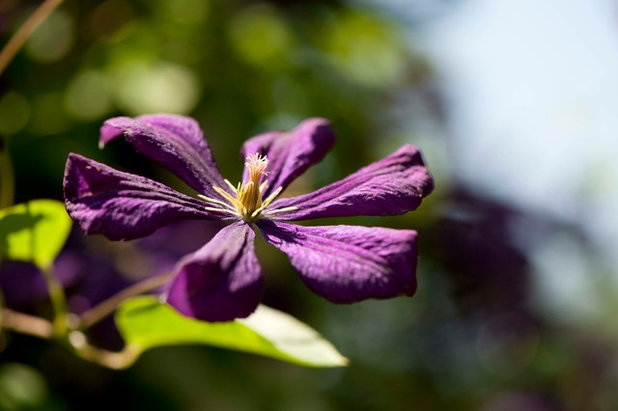
The New York Botanical Garden
Southeast. “If you have always wanted to plant a
clematis at your mailbox, now is a good time to plant one, but only if you have a sunny location that does not receive the hot afternoon sun,” suggests garden writer Helen Yoest. “Clematis needs good soil and good drainage. Mulch around the plant to keeps the roots cool.”
Get her Southeast March checklist
See more U.S. regional garden guides
8 Surefire Vegetables and Herbs for Beginning Gardeners





